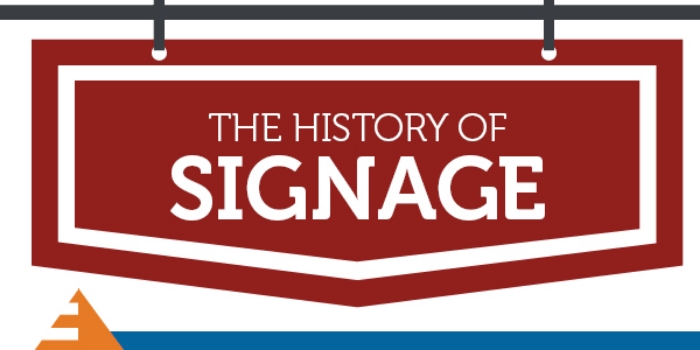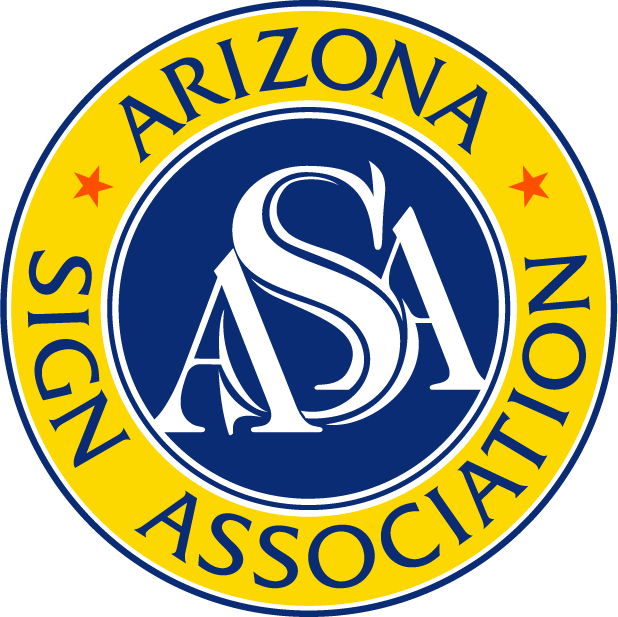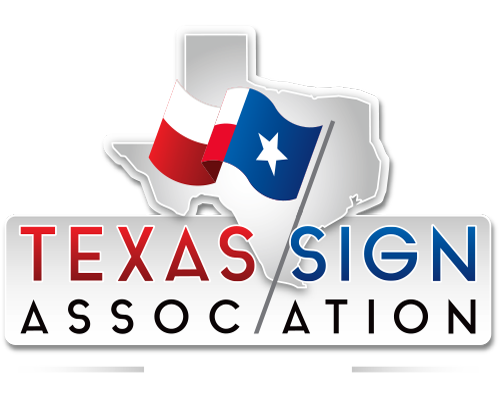
Signs have long been an advertising staple, and with the use of light emitting diodes
(LEDs), they’ve more than caught up with the digital age. Signs have evolved in the
materials that are used, the messages they offer, and the way they are illuminated.
The Evolution of Signs: A Brief History
Signs are ubiquitous these days, but they actually first came into use as early as
Ancient Egypt and Ancient Rome. The Romans used signs that were constructed of
stone or terra cotta. The point where signage became what we think of and use
today was in Europe before the nineteenth century, and the first commercial signs
typically featured symbols or images of a tradesman’s craft or a merchant’s goods
but sometimes did include text. Emblems were suspended from buildings, painted on
wooden boards, or mounted on poles, which are all things that we still see today.
Though King Richard III is more known for his mythic hunchback and evil demeanor,
he also had a hand in swaying the history of signs. In 1389, he ordered all of the ale
houses in England to install signs to make them easier for him to find and to test
quality ales.

Signs these days make use of LED technology to light up, but signs were illuminated
even before electricity was invented. An example of this appears in an advertisement
that was printed around 1700, which mentions a candle-lit sign. Additionally, in 1840,
P.T. Barnum built a large sign that used gas for illumination.
One of the most famous and recognizable forms of signage is the neon sign, which
first started appearing in the U.S. in the 1920s and reached the peak of its popularity
20 years later. The first neon sign in the U.S. was erected in 1923 in Los Angeles at
a Packard Motor Car dealership. Neon signs eventually evolved into LED signs.
These days, more and more signs are becoming digital and make use of LED
technology to create dynamic changeable displays in rich colors.



-(1)_1696879152.png?width=254&height=55&name=Signdealz-Web-Logo-2023-(Transparent-Background)-(1)_1696879152.png)




